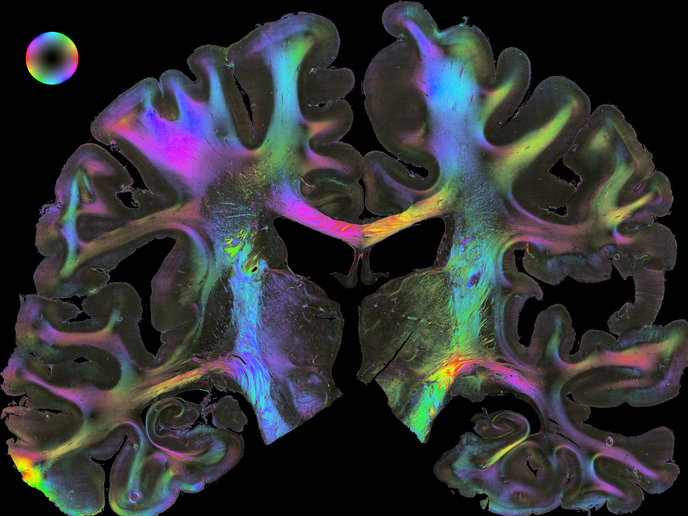Combining neuroscience and computing, the Human Brain Project reveals the brain’s secrets
Despite many years of research, the human brain remains one of nature’s greatest secrets, partly as labs have typically studied different aspects of it independent of each other. The HBP was set up to build a unique European technology platform for neuroscience, medicine and advanced information and communication technologies (ICT). By linking research areas on an unprecedented scale, it seeks to unlock synergies and accelerate progress. One of the EU’s most ambitious projects The project’s twofold vision is mutually reinforcing: To utilise advanced ICT in neuroscience to better understand the brain and its diseases, while drawing inspiration from biology to improve ICT. With more than 500 scientists from 120 European partner institutions across 19 Member States, the HBP is one of the largest projects ever funded by the EU. The project has an initial run of 10 years (2013-2023) during which it will create a permanent European neuroscience research infrastructure. “To meet emerging challenges, we’ve seen a shift from single specialised labs to larger interdisciplinary initiatives,” says Prof. Katrin Amunts, the Scientific Research Director of the project. “This is partly due to computer-intensive simulations and the data quantities involved, terabytes to petabytes, beyond the capacity of a single research institution.” To enable a comprehensive understanding of brain complexity and apply it to neuromedicine, computing, robotics and AI innovations, data sharing according to FAIR principles plays a pivotal role in the HBP. The HBP approach integrates the experimental investigation of mouse and human brain organisation, along with cognitive and theoretical neuroscience. These benefit six technology-driven platforms in the fields of: neuroinformatics, simulation, high-performance analytics and computing, neuromorphic computing, neurorobotics and medical informatics. “Brain complexity is breath-taking as it encompasses vastly different spatial and temporal scales, from the molecular level of synapses, cells and nerve fibres to connections between whole brain areas, and from milliseconds to whole life spans,” says Prof. Amunts. As advances in neuroscience and computing can be such emotive topics, prompting philosophical questions about the ‘self’ and the responsible use of new technologies, the HBP adheres to Responsible Research and Innovation (RRI) principles through its ethics and society research area. Tackling brain disorders, while developing competitive ICT The HBP has already developed a number of new approaches for technology-driven neuromedicine. One example is a new personalised brain avatar that has been developed to improve epilepsy surgery, soon to be tested in a 400-patient clinical trial. Another is the creation of the most comprehensive 3D human brain atlas to date. Two of the world’s leading neuromorphic (brain-inspired) computing systems, SpiNNaker and BrainScaleS, have been developed under the HBP. The project has also established the FENIX infrastructure, a Europe-wide network of supercomputing centres for the exchange of large-scale data. “We are laying the foundations now with a broad external user community for the integrated European research infrastructure. This means building not only hardware and software, but also a culture of usage,” says Prof. Amunts. The six platforms, first made available to the public in 2016, already allow scientists access to a range of resources, including different brain models and atlases. External users can access the research infrastructure from anywhere in the world via a common web portal. For all users, a High Level Support Team is on standby. Scientists can also upload their own data with help from a curation team.
Countries
Switzerland



